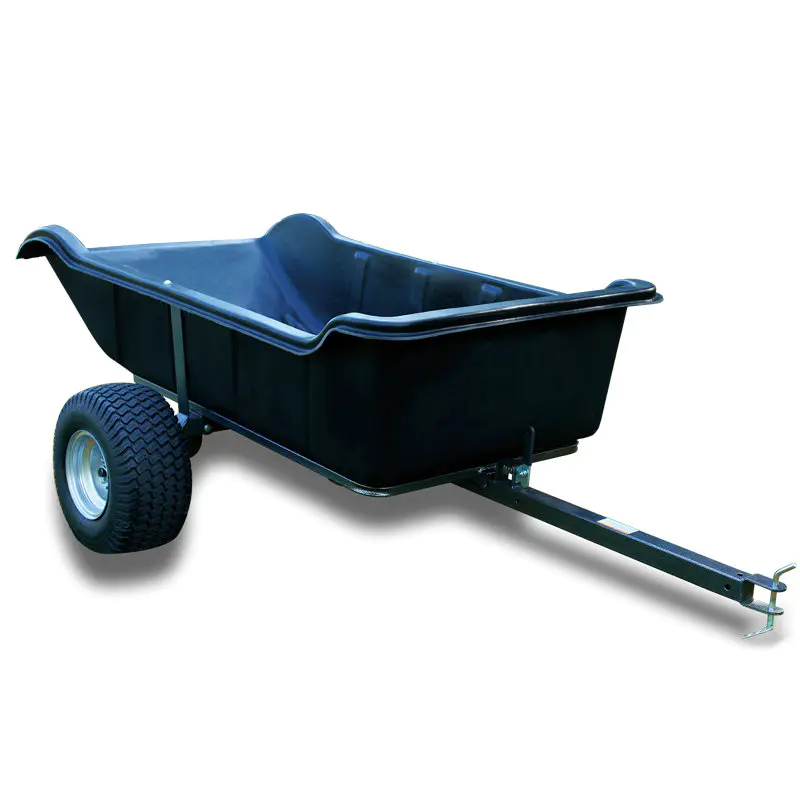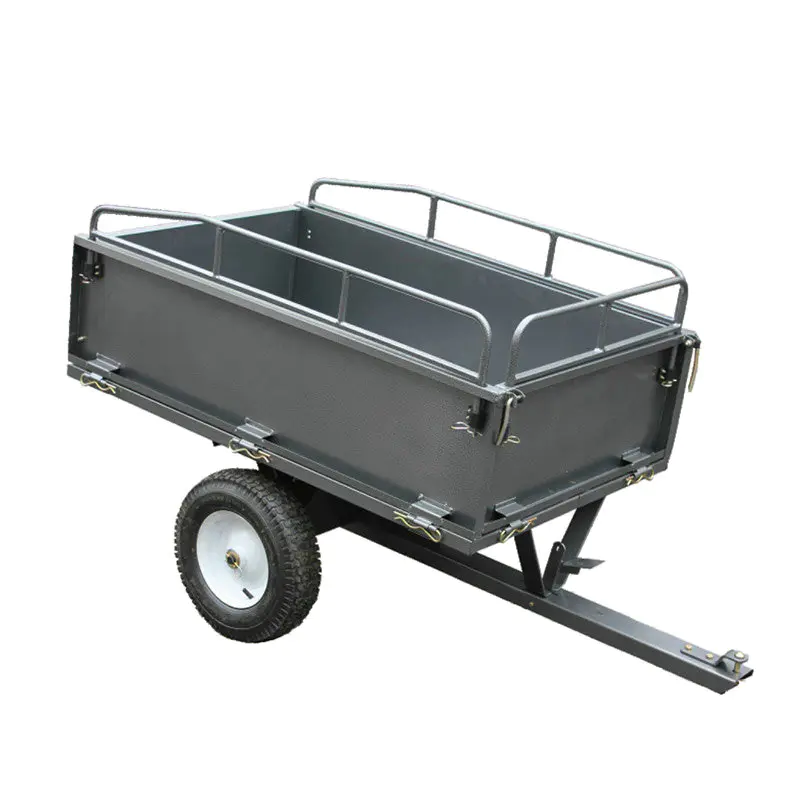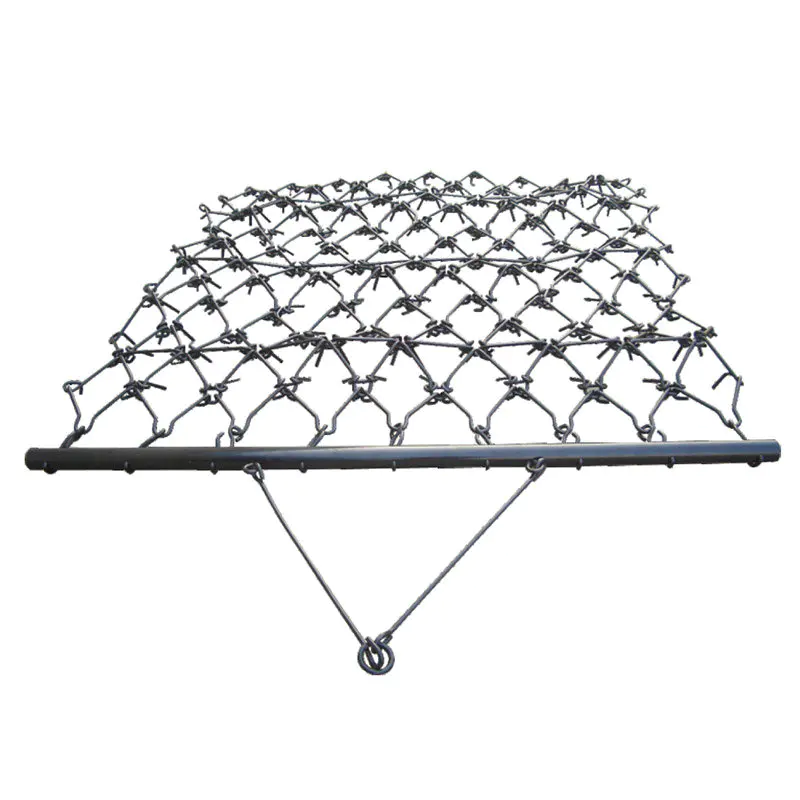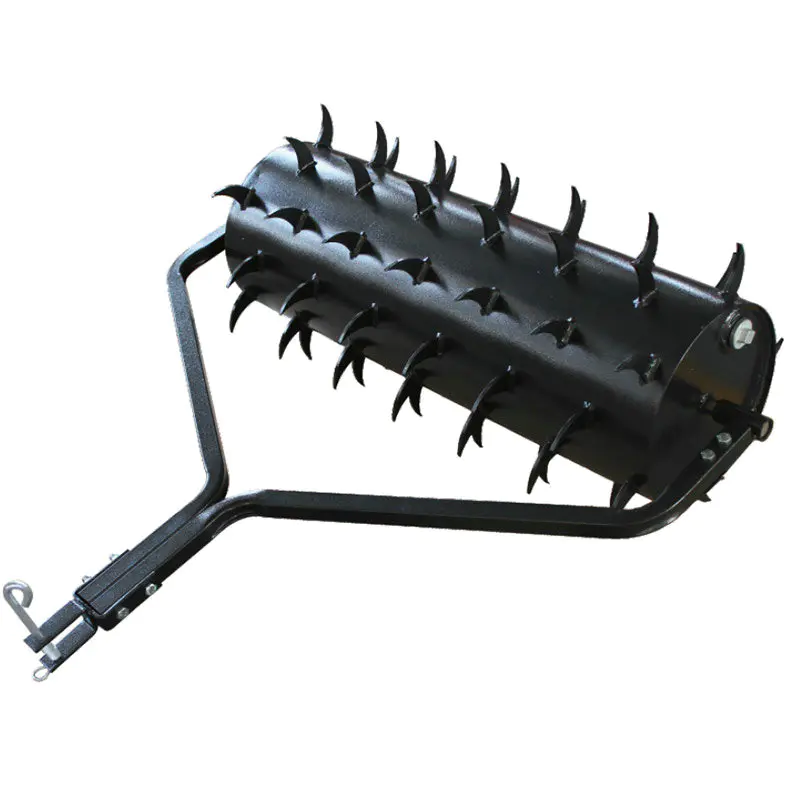In the world of wood processing, efficiency is not merely a convenience; it is the cornerstone of productivity and profitability. For professionals and serious landowners who rely on a gas log splitter-dual action model, the ultimate measure of efficiency often boils down to a simple, powerful metric: how many logs can be split per gallon of fuel consumed? This “splits per gallon” ratio directly impacts operational costs, project timelines, and overall return on investment. While engine power and hydraulic tonnage are often the headline features, it is the innovative dual-action mechanism that serves as the true engine of efficiency.
Understanding the Basic Operational Principles
To appreciate the efficiency of a dual-action system, one must first understand the standard operation of a conventional, or single-action, gas log splitter-dual action is not. A single-action log splitter operates on a straightforward, yet inherently inefficient, linear principle. The hydraulic pump, powered by the gas engine, directs fluid to only one side of the hydraulic cylinder’s piston. This extends the ram, or push plate, forcefully into the log, driving it against the stationary wedge to accomplish the split. Once the split is complete, the operator must manually actuate a control valve to redirect the hydraulic fluid to the other side of the piston. This reversal of flow retracts the ram back to its starting position. This entire cycle—extend and retract—constitutes a single, complete operation.
The critical point of inefficiency in this cycle is the return stroke. The retraction phase consumes fuel, hydraulic fluid, and time without performing any productive work. It is, in essence, a necessary but non-productive part of the process. The engine and pump are working just as hard to pull the ram back as they were to push it out, yet this effort yields no splitting force. For every minute spent splitting wood, a significant portion is dedicated to this idle return, which directly reduces the number of splits achievable within a given time frame and for a given amount of fuel. This fundamental limitation is what the dual-action mechanism is specifically engineered to overcome, transforming a period of downtime into a second opportunity for productive work.
The Engineering Behind the Dual-Action Mechanism
A gas log splitter-dual action model is distinguished by a key engineering modification centered on its hydraulic cylinder and ram. Unlike a single-action cylinder, which has one hydraulic port for extension, a dual-action cylinder is more complex. It features a central, hollow ram that itself acts as a second, smaller piston. This design allows for hydraulic force to be applied in two distinct directions, hence the term “dual-action.”
The mechanism operates on a two-stage process. The first stage is the primary forward stroke. Hydraulic pressure is applied to the main piston, which extends the large-diameter ram through the center of the cylinder and out towards the log. This provides the high-tonnage force required for splitting the toughest, largest-diameter rounds. The power and performance of this initial stroke are comparable to that of a high-quality single-action machine. It is upon the completion of this stroke that the ingenious efficiency of the system becomes apparent.
The second stage is the return stroke, which is where the dual-action mechanism reveals its true value. Instead of simply retracting the large ram, the hydraulic system is designed to redirect fluid pressure to the inside of the now-extended, hollow ram. This pressurized fluid acts upon the smaller secondary piston located at the ram’s head, causing the entire splitting wedge—which is attached to the front of the machine—to be driven forward along the ram. This means that while the main ram is retracting, the wedge is simultaneously projecting forward. If a second log has been placed in the now-vacated “return” splitting position, this backward movement of the machine actively splits that second log. The system effectively performs two splits in a single, continuous cycle: one on the forward stroke and one on the return stroke.
This sophisticated hydraulic routing is typically managed by an integrated, automatic valve system. Once the main ram reaches its full extension, the valve automatically shifts, initiating the powerful return stroke without requiring a separate manual command from the operator. This not only saves fuel and time but also significantly reduces operator effort and fatigue, contributing to a smoother and more rapid workflow.
Quantitative and Qualitative Gains in Efficiency
The most direct impact of the dual-action design is a substantial increase in operational speed. By eliminating the non-productive return stroke, the machine is engaged in productive splitting work for a much larger percentage of its operating time. Where a single-action splitter might spend 40-50% of its cycle on the idle return, a gas log splitter-dual action model utilizes nearly 100% of its cycle for splitting. This leads to a dramatically faster cycle time, often allowing the machine to complete two splits in nearly the same time a single-action machine completes one. For businesses that sell firewood or charge by the hour for land-clearing services, this increase in speed translates directly into higher output and greater revenue potential.
The core question of “splits per gallon” is answered by this very principle. Fuel is consumed by the gas engine to power the hydraulic pump. In a single-action system, a significant portion of that fuel is burned to perform the non-productive work of retraction. In a dual-action system, the same unit of fuel used for the return stroke is now doing productive work—splitting a second log. Therefore, for every gallon of fuel burned, the gas log splitter-dual action is generating a significantly higher number of splits. The engine does not need to work harder or burn more fuel to achieve this; it is simply utilizing the energy that would otherwise be wasted to double the productive output of the hydraulic cycle. This is the fundamental reason why these models are renowned for their exceptional fuel economy in high-volume applications.
Beyond the raw numbers, the qualitative benefits are equally important. The workflow becomes significantly more streamlined. An operator can establish a rhythm: loading a large, tough log on the primary splitting beam for the high-force forward stroke, and a smaller, easier log on the secondary position for the slightly lower-force return stroke. This continuous, dual-loading process keeps the operator consistently engaged in log handling rather than waiting for the machine to reset. The reduction in idle waiting time directly combat operator fatigue and maintains a high level of productivity throughout the workday.
The following table provides a simplified comparative overview of the operational cycle:
| Operational Phase | Single-Action Log Splitter | Dual-Action Log Splitter |
|---|---|---|
| Forward Stroke | Productive Work: Splits Log #1. | Productive Work: Splits Log #1 (high force). |
| Return Stroke | Non-Productive Work: Idle retraction. | Productive Work: Splits Log #2 (lower force). |
| Overall Cycle Efficiency | Lower. Significant time and fuel spent on non-productive motion. | Higher. Nearly all time and fuel are dedicated to splitting. |
| Operator Workflow | Intermittent. Periods of activity followed by waiting. | Continuous. Allows for a steady loading and splitting rhythm. |
Practical Applications and User Workflow
The efficiency of a gas log splitter-dual action unit shines brightest in specific, demanding scenarios. For commercial firewood producers, where the volume of wood processed daily is the primary determinant of profitability, the machine’s ability to effectively double output without increasing fuel costs is a game-changer. The cumulative savings in fuel and time over a single season can be substantial, directly improving the bottom line. Similarly, for municipalities, landscapers, and property management companies tasked with processing large quantities of wood from tree removal or storm cleanup, the speed of a dual-action machine translates into faster project completion and lower labor costs.
The practical workflow for an operator using a gas log splitter-dual action model is distinct and optimized for continuous operation. The process typically involves positioning the machine and preparing two piles of logs: one containing larger, knottier rounds for the high-tonnage forward stroke, and another with smaller, straighter-grained rounds for the return stroke. As the operator loads a large log onto the main beam for the power stroke, they can simultaneously or immediately after place a smaller log in the path of the returning wedge. This creates a seamless, almost rhythmic cycle of load-split-load-split, with very little dead time. This efficient workflow is a key selling point for buyers who understand that operator productivity is as valuable as machine power.
It is important to note that while the return stroke is powerful, it often generates slightly less force than the primary forward stroke, due to the smaller piston surface area inside the hollow ram. This is not a drawback but rather a feature of intelligent design. It encourages the operator to sort logs effectively, using the machine’s maximum power for the most challenging splits and its secondary power for easier ones. This strategic sorting is part of mastering the machine and extracting its maximum splits per gallon potential. For users processing mixed loads of wood, this dynamic workflow allows for highly efficient sorting and processing in a single, continuous operation.
Key Considerations for Buyers and Wholesalers
When evaluating or marketing a gas log splitter-dual action model, several technical aspects beyond the core mechanism deserve attention. The hydraulic system is the heart of the machine, and its quality is paramount. A robust pump, capable of handling the demands of the dual-action cycle, and a reliable automatic control valve are critical for long-term durability and consistent performance. Wholesalers should seek out models with a reputation for hydraulic system integrity to minimize warranty claims and ensure customer satisfaction.
Another crucial consideration is the machine’s frame strength and construction. The dual-action process subjects the chassis to dynamic forces in both directions. A frame built from heavy-duty I-beam or box steel is essential to withstand these stresses without flexing or fatiguing over time. A weak frame will not only be a safety hazard but will also compromise the precision and power of the splitting action, ultimately undermining the efficiency gains of the dual-action mechanism. The build quality is, therefore, a non-negotiable factor that directly correlates with the machine’s operational lifespan and total cost of ownership.
For buyers, the decision often involves weighing the higher initial investment of a gas log splitter-dual action model against the long-term operational savings. The value proposition is clear: while the upfront cost may be greater, the savings in fuel and the increase in productivity can lead to a faster return on investment for high-volume users. Wholesalers can effectively communicate this by focusing on the total cost of ownership rather than just the sticker price. Explaining how the mechanism directly translates into lower cost per split and higher potential revenue allows buyers to make a value-based decision. Furthermore, features like horizontal and vertical operation can enhance versatility, while log catchers and towable designs with complete lighting packages improve safety and mobility on a worksite, making the overall package more attractive.
The question of how a dual-action mechanism maximizes splits per gallon is answered through a fundamental re-engineering of the hydraulic splitting cycle. By converting the inherently wasteful return stroke into a second, productive splitting event, the gas log splitter-dual action model achieves a level of efficiency that single-action machines cannot match. This design leverages the same unit of fuel to perform nearly twice the productive work within a similar time frame, directly boosting the critical “splits per gallon” metric. The benefits extend beyond pure fuel economy to encompass faster cycle times, reduced operator fatigue, and a more streamlined, continuous workflow. For wholesalers and buyers in the forestry, landscaping, and firewood industries, understanding this core mechanism is essential. It represents not just a feature, but a significant technological advancement that delivers tangible operational advantages, making the gas log splitter-dual action a superior tool for anyone whose livelihood or productivity depends on efficient wood processing.

 see more
see more
 see more
see more
 see more
see more
 see more
see more


